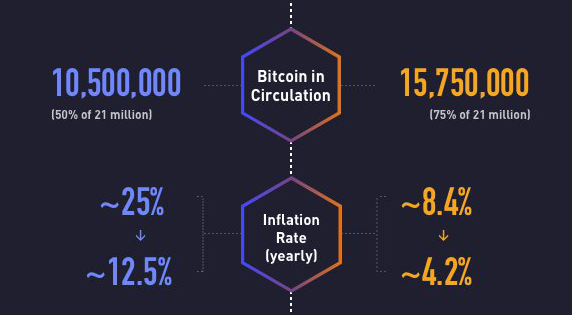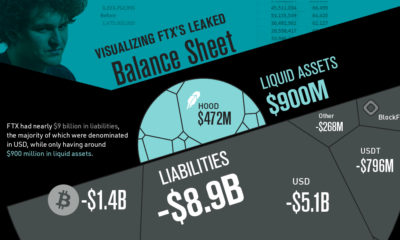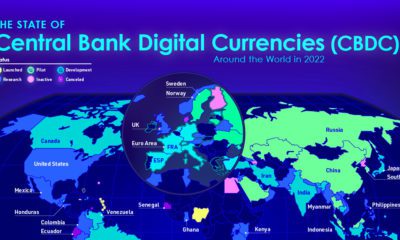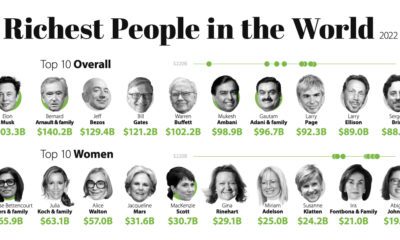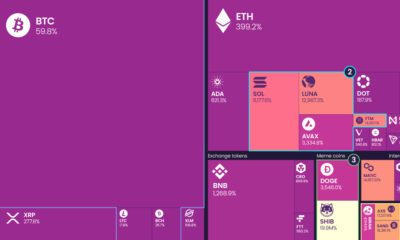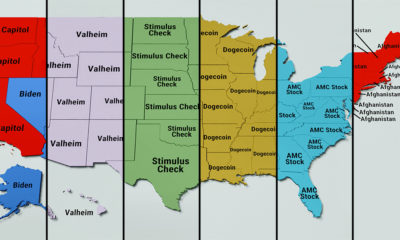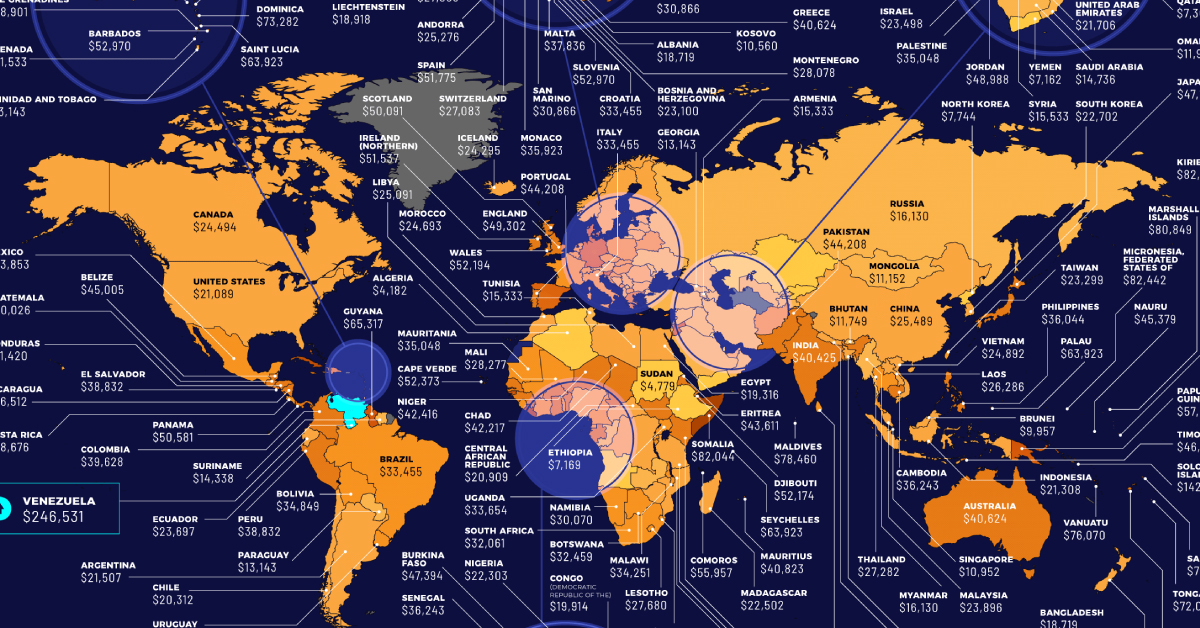Taking place roughly every four years, the “halving event” officially occurred on July 9, cutting the reward for mining a block in half. In this case, the reward went from 25 BTC to 12.5 BTC. Why is this such a cause for celebration? It’s because halving is a planned part of the Bitcoin ecosystem to curtail new supply of the popular cryptocurrency. Eventually inflation is supposed to mimic the limited increase of new gold mined each year, rising just under 2% annually. Bitcoin Magazine has put out the following infographic, which compares key metrics on the Bitcoin ecosystem. It compares facts and figures on the cryptocurrency from when the first halving event took place (Nov 28, 2012) with today’s metrics. The landscape looks very different, with metrics such as price, users, market cap, and hashrate all skyrocketing upwards:
The Bitcoin Halving Event
At first glance, the Bitcoin halving event should be a big deal that has immediate effects on the trading price, which can be notoriously volatile at times. The reward for the same amount of work has decreased by 50% for the miners that verify transactions on the network, and there is no shortage of speculation on how this could impact the market. However, it can also be said that many participants were prepared for the impact of the halving. Everyone knew it would occur, and this has been taken into account by the market, miners, and traders for years. So far, bitcoins have traded within their regular range, and there has been little impact on the price since two days ago. The long-term effects of the halving remain to be seen. on It takes an estimated 1,449 kilowatt hours (kWh) of energy to mine a single bitcoin. That’s the same amount of energy an average U.S. household consumes in approximately 13 years. Given the high amount of energy needed to mine bitcoin, it can be a costly venture to get into. But exact prices fluctuate, depending on the location and the cost of electricity in the area. Where are the cheapest and most expensive places to mine this popular cryptocurrency? This graphic by 911 Metallurgist provides a snapshot of the estimated cost of mining bitcoin around the world, using pricing and relative costs from March 23, 2022.
How Does Bitcoin Mining Work?
Before diving in, it’s worth briefly explaining the basics of bitcoin mining, and why it requires so much energy. When someone mines for bitcoin, what they’re really doing is adding and verifying a new transaction record to the blockchain—the decentralized bank ledger where bitcoin is traded and distributed. To create this new record, crypto miners need to crack a complex equation that’s been generated by the blockchain system. Potentially tens of thousands of miners are racing to crack the same code at any given time. Only the first person to solve the equation gets rewarded (unless you’re part of a mining pool, which is essentially a group of miners who agree to combine efforts to increase their chances of solving the equation). The faster your computing power is, the better your chances are of winning, so solving the equation first requires powerful equipment that takes up a lot of energy.
The Costs and Profits of Mining Bitcoin in 198 Countries
Across the 198 countries included in the dataset, the average cost to mine bitcoin sat at $35,404.03, more than bitcoin’s value of $20,863.69 on July 15, 2022. Though it’s important to note that fluctuating energy prices, and more or less miners on the bitcoin network, constantly change the necessary energy and final cost.
Here’s a breakdown of what the cost to mine one bitcoin in each country was in March 23, 2022, along with the potential profit after accounting for mining costs:
Venezuela ranks as the number one most expensive country to mine bitcoin. It costs a whooping $246,530.74 to mine a single bitcoin in the South American country, meaning the process is far from profitable. Energy costs are so expensive in the country that miners would be out $225,667.05 for just one bitcoin.
On the opposite end of the spectrum, the cheapest place to mine bitcoin is in Kuwait. It costs $1,393.95 to mine a single bitcoin in Kuwait, meaning miners could gain $19,469.74 in profits.
The Middle Eastern country has some of the cheapest electricity in the world, with one kWh costing an average of just 3 cents. For context, the average cost of one kWh in North America is 21 cents.
The Race is On
Despite the steep costs of bitcoin mining, many people believe it’s worth the upfront investment. One thing that makes bitcoin particularly appealing is its finite supply—there are only 21 million coins available for mining, and as of this article’s publication, more than 19 million bitcoin have already been mined. While the price of bitcoin (BTC) is notorious for its volatility, its value has still grown significantly over the last decade. And if cryptocurrencies become mainstream as many people believe they will, this could boost the price of bitcoin even further.

